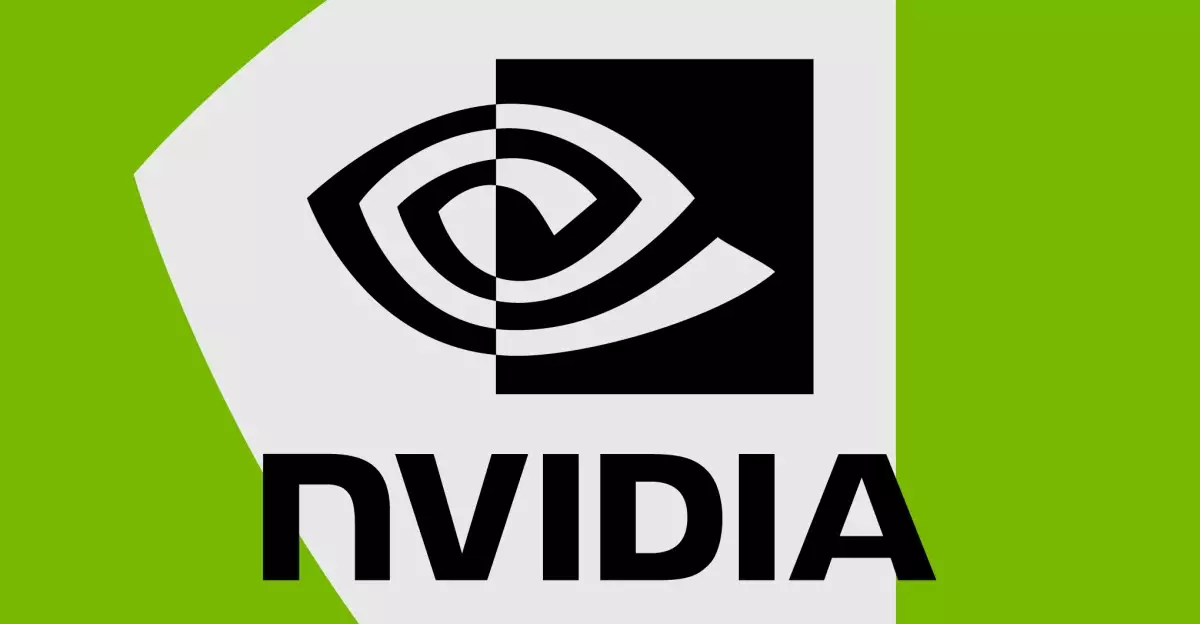In the world of computer graphics, Nvidia has long been hailed as a titan. With a history of pushing boundaries in performance and visual fidelity, this reputation is now at risk as the company grapples with ongoing driver dilemmas. Since the release of its drivers for the RTX 50-series cards in January, Nvidia’s once-philosophical march toward perfection has devolved into a series of frustrating missteps. Black screens, inexplicable game crashes, and instability have plagued both new and existing users alike. The irony of a brand so closely associated with cutting-edge technology now wrestling with basic functionality is not lost on many.
The dissatisfaction is palpable among the user community, as Nvidia GPU owners inundate forums with complaints and grievances. For many, the recommended solution has been a rollback to the older December 566.36 driver—a luxury that Nvidia’s latest hardware owners do not have. The incompatibility of previous drivers with the latest series further complicates matters, forcing users into a conundrum between performance and reliability. It’s a disheartening situation for those who invested heavily in Nvidia’s latest lineup, leaving users wondering if they truly received the cutting-edge experience they were promised.
A Short-Lived Solution: The 576.02 Driver Release
The recent release of the 576.02 driver was anticipated with bated breath, as it was meant to address numerous ongoing concerns. However, the update has unintentionally wrought new complications, muddying the waters even further. Users reported that GPU monitoring tools were now failing to deliver accurate temperature readings, forcing Nvidia to scramble for a hotfix. The new 576.15 hotfix subsequently emerged, attempting to mitigate various problems ranging from incorrect idle clock speeds to flickering visuals in certain games.
Yet, despite these efforts, a nagging sense of déjà vu persists. Users continue to report persistent game crashes and performance hiccups, particularly with G-Sync—a technology that was initially meant to enhance gaming experiences. What’s ironically sad is how Nvidia’s drivers, typically lauded for their prowess in compatibility and crash-free performance, have become the Achilles’ heel of what was once an unassailable brand. Each new hotfix is a band-aid fix rather than a meaningful solution, suggesting that the foundational problems in the driver architecture remain unaddressed.
The Storm After the Launch
Nvidia’s recent stumbles not only reflect internal development issues but also a troubling trend following the launch of the RTX 50-series. Beyond the software, the hardware itself has faced scrutiny, including reports of melting power cables and manufacturing defects involving missing render units. These issues have cast a shadow over what is supposed to be a flagship series for the company. Moreover, rampant stock shortages have left even the most enthusiastic gamers frustrated as they struggle to find these new GPUs at retail prices.
Nvidia’s aggressive marketing strategy and promises of revolutionary experiences clash violently with the reality offered to consumers. The disconnect between expectation and reality has left many feeling betrayed, leading to an emotional and financial toll that gamers are reluctant to bear. Nvidia’s reputation, once built on a rock-solid foundation, is now experiencing erosion.
Community Voices: The Broader Implications
As these issues escalate, the community’s voice has never been more critical. Users are coming together online—sharing experiences, compiling workarounds, and urging Nvidia to be more transparent in its approach. This shift signals a powerful dynamic where the consumer base is now holding a giant accountable. The discourse is changing, moving from passive acceptance of driver issues to active demand for improvement and accountability.
It’s a rough road ahead for Nvidia as it navigates public reception while attempting to restore faith among its user base. Each driver release serves not only as a patch for issues but as a stark reminder of the heightened expectations placed on tech giants. The question now looms: Can Nvidia realign its future to match the aspirations of its customers, or will it continue to falter in an increasingly competitive landscape? The answer may very well determine the long-term trajectory of one of the industry’s most storied names.

